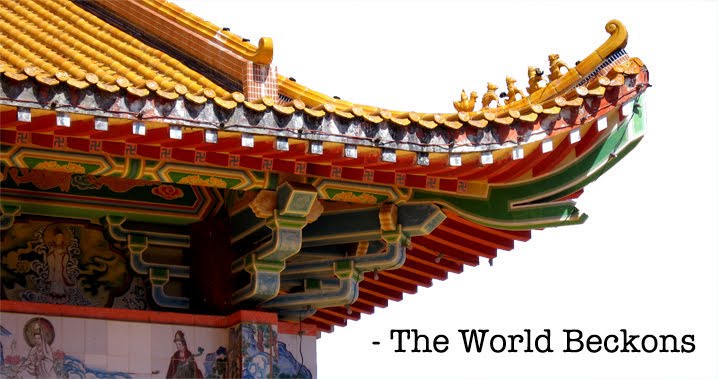 Kitabi, Rwanda – Only 40 per cent of Rwanda’s estimated 8.5 million citizens are considered employed and, of them, 75 per cent are their own bosses. The average per capita income is only 62 cents a day. In short, this is one of the poorest countries in the world.
Kitabi, Rwanda – Only 40 per cent of Rwanda’s estimated 8.5 million citizens are considered employed and, of them, 75 per cent are their own bosses. The average per capita income is only 62 cents a day. In short, this is one of the poorest countries in the world.I’ve written previously that the abundance of food and vegetation can sometimes seem to mask the extreme poverty that exists here. Walking through a modern city like Kigali – with its hustle and bustle, well-dressed business people and a recent housing boom that has led to the rise of hundreds, if not thousands, of mansions – it can be even harder to fathom.
But Kigali is not representative of the country as a whole. No, this is a country where 94 per cent of people live in rural areas and where 87 per cent are engaged in agriculture and its related trades. There is very little industry here and 60 per cent of the population is under the age of 20. In 2004, the per capita gross domestic product was estimated to be a mere $228. Statistics can be a little numbing, or awakening, depending on your perspective.
In somewhat of a paradox, this is actually quite an expensive country, particularly when compared to others on the continent. The cost of accommodation in Kigali, for example, is on par with anything you would pay in Canada and potentially more expensive in relative terms when you consider the amenities offered. The lack of industry and a reliance on imports also increases the cost of everyday goods.
It’s enough to make you reassess your opinion of what poverty is, which has been gnawing at me of late. Generally, I’ve personally tended to define poverty as a lack of opportunity – for sufficient food, nutrition, shelter, health and access to education or gainful employment – but the poverty here is different from what I witnessed in Kenya and Tanzania.
 Here, food is rarely a problem and with better nutrition generally comes improved health. HIV/AIDS infection rates aren’t as high as other sub-Saharan countries. Following a government mandate, there are few thatch houses remaining and people live in solid homes with steel or tile roofs. But Rwanda’s people are no less impoverished.
Here, food is rarely a problem and with better nutrition generally comes improved health. HIV/AIDS infection rates aren’t as high as other sub-Saharan countries. Following a government mandate, there are few thatch houses remaining and people live in solid homes with steel or tile roofs. But Rwanda’s people are no less impoverished.The Kitabi College of Conservation and Environmental Management (KCCEM) – where I’ve been working – hopes to marry environmental training with tourism to diversify and further the country’s economy. Located at the world’s only surviving Afro-montane tropical rainforest, KCCEM is being developed with consideration paid to the country’s development thrust, particularly to the government’s ambitious Vision 2020 goals and the Economic Development and Poverty Reduction strategy.
In short, the College seeks to generate employment opportunities and training thorough sustainable use of the environment, and to develop private entrepreneurship practices related to environmental conservation and protection. Overall, they hope to address issues of capacity building in the fields of biodiversity and environmental conservation througout the Albertine Rift region. My work here has helped me feel I am at least contributing something, however small.
The government hopes such initiatives will lead to an increase in per capita GDP to $900 by the year 2020.

No comments:
Post a Comment